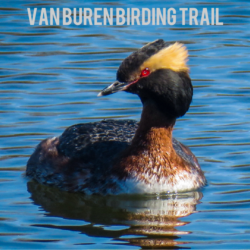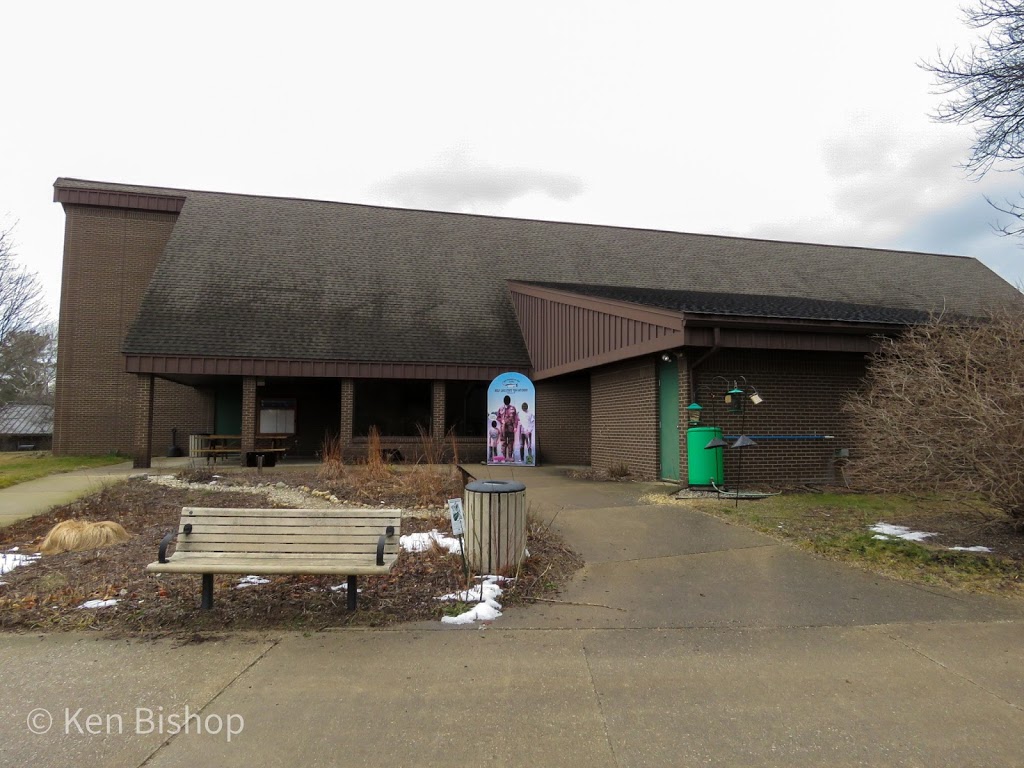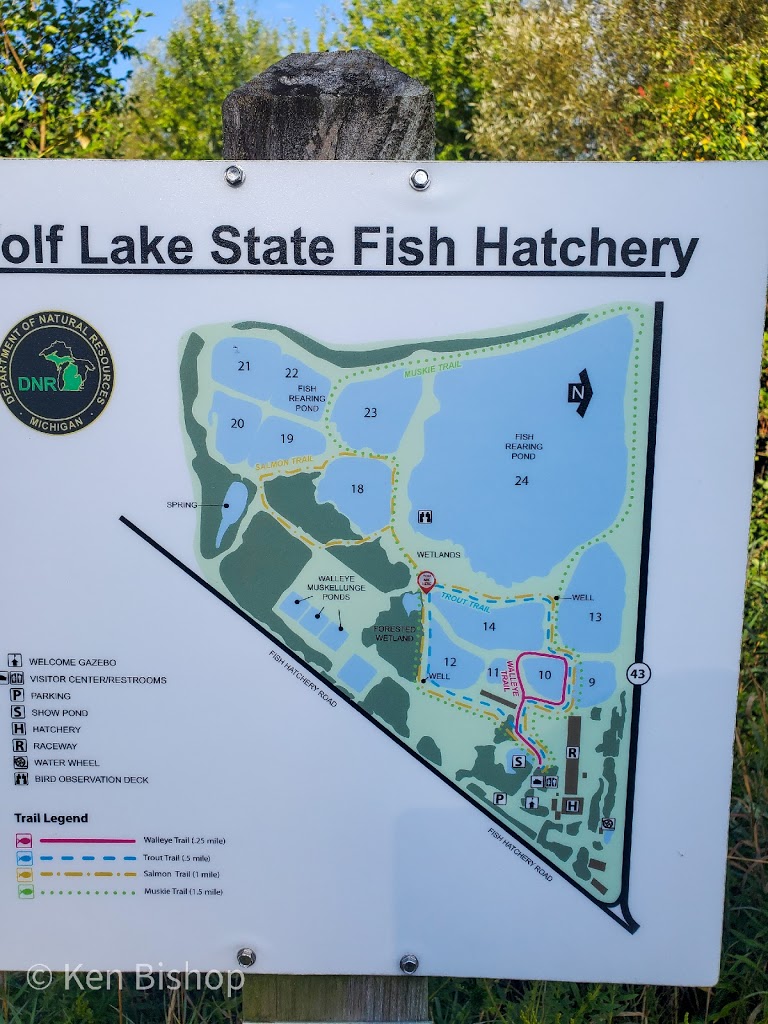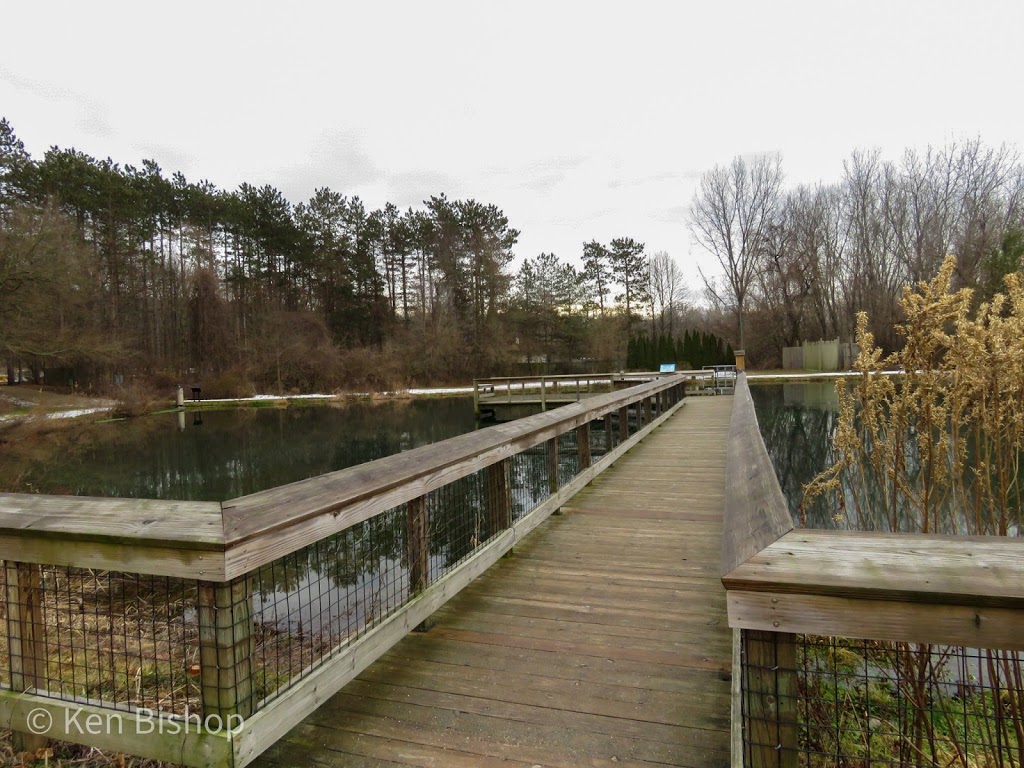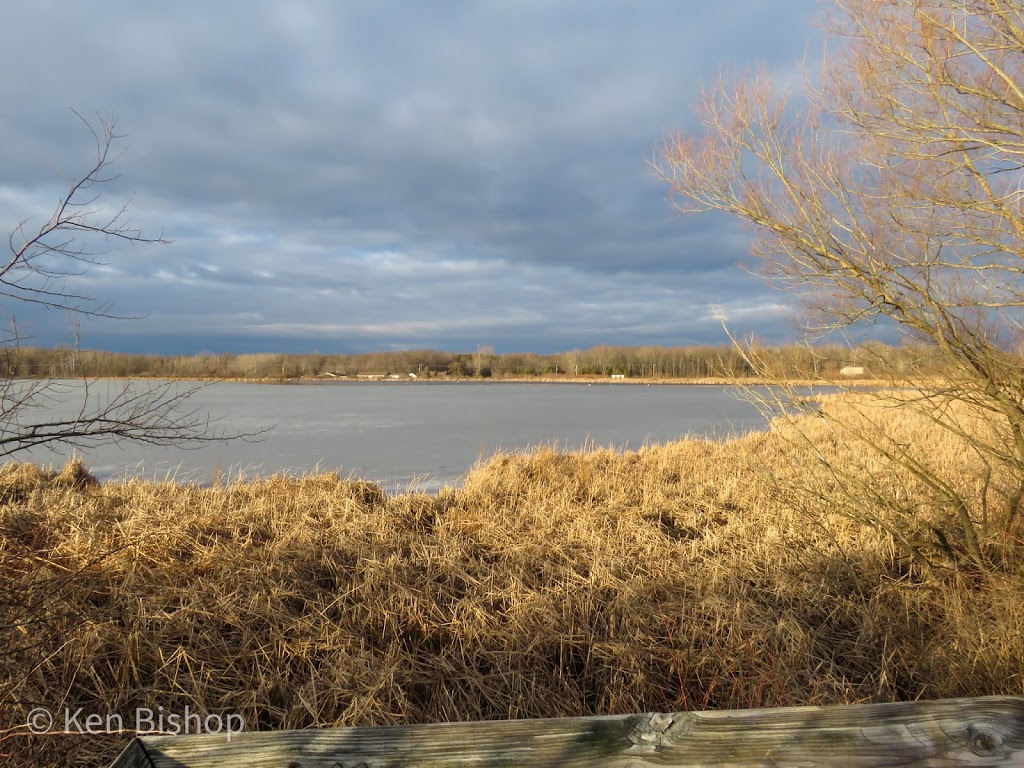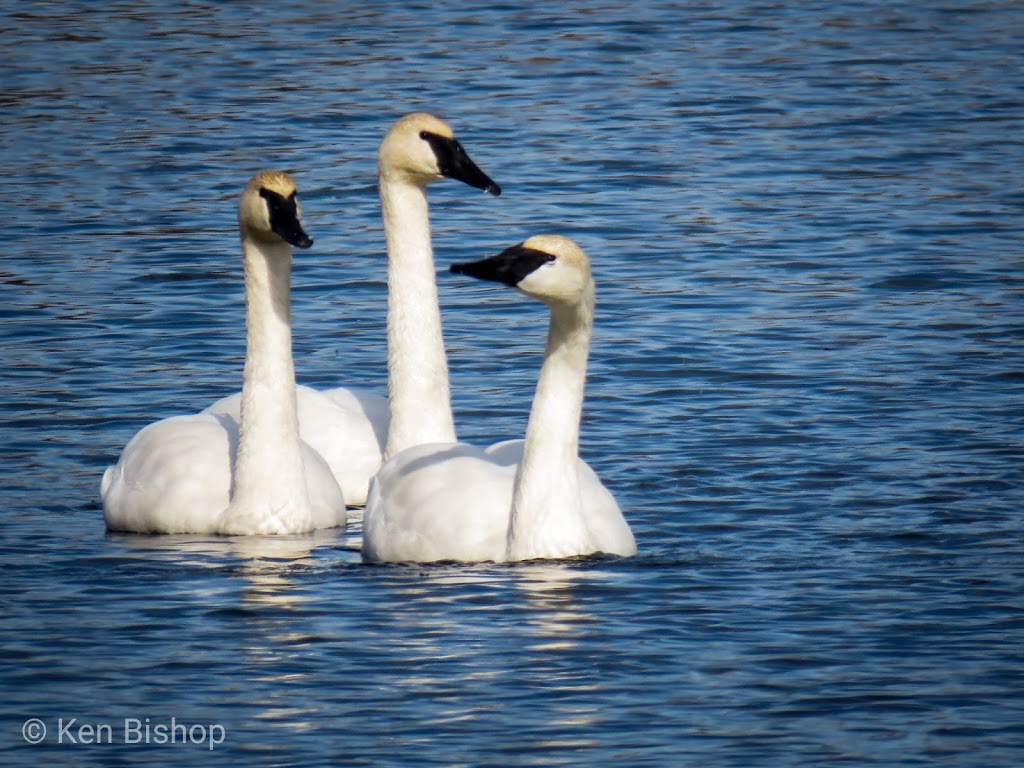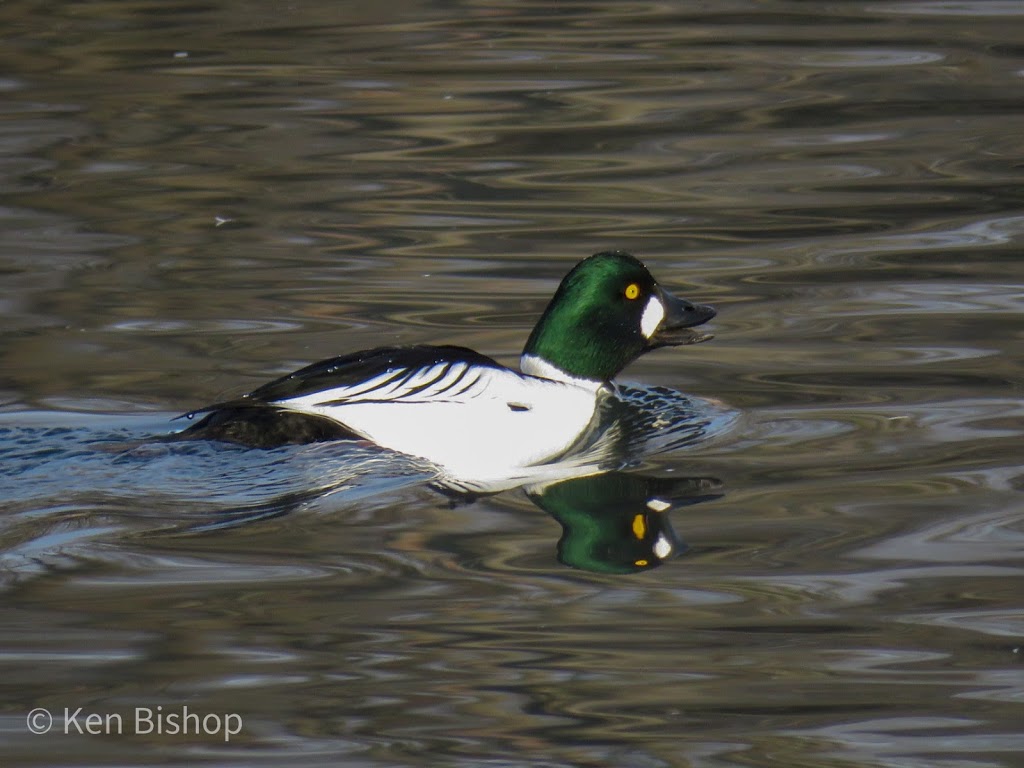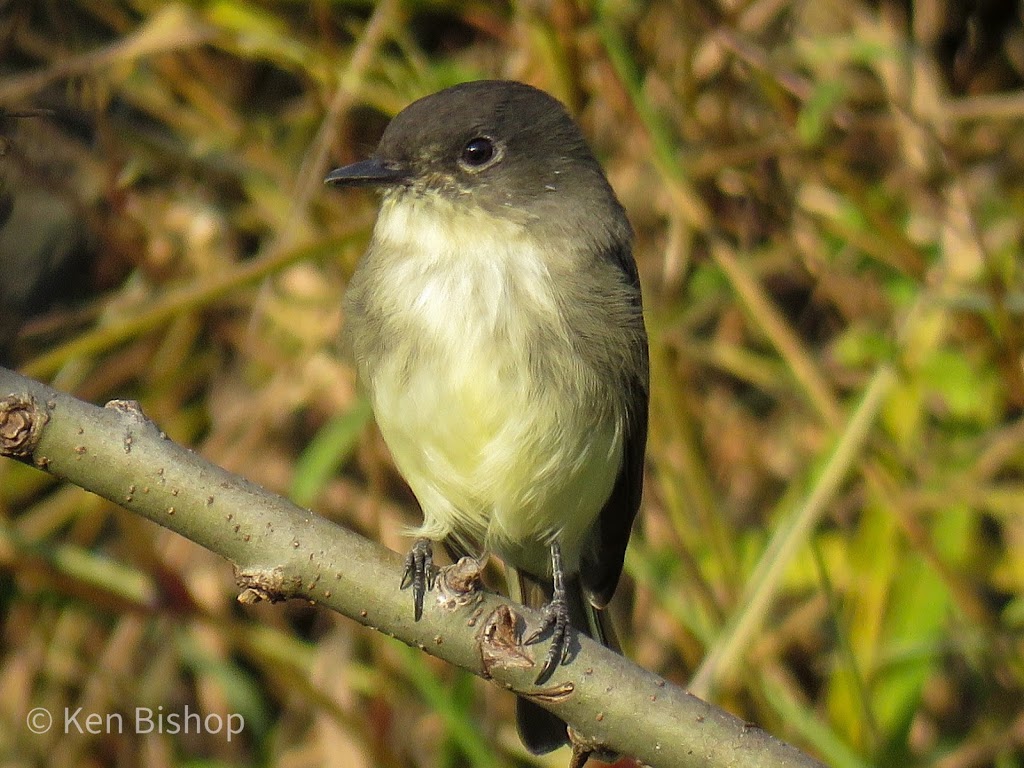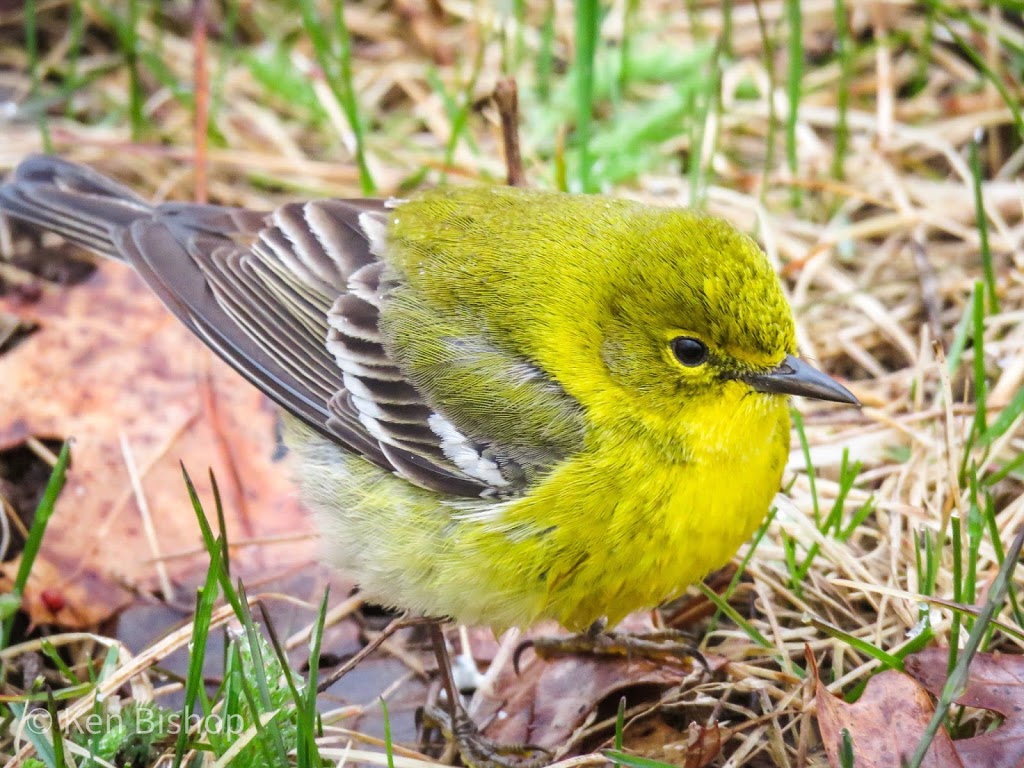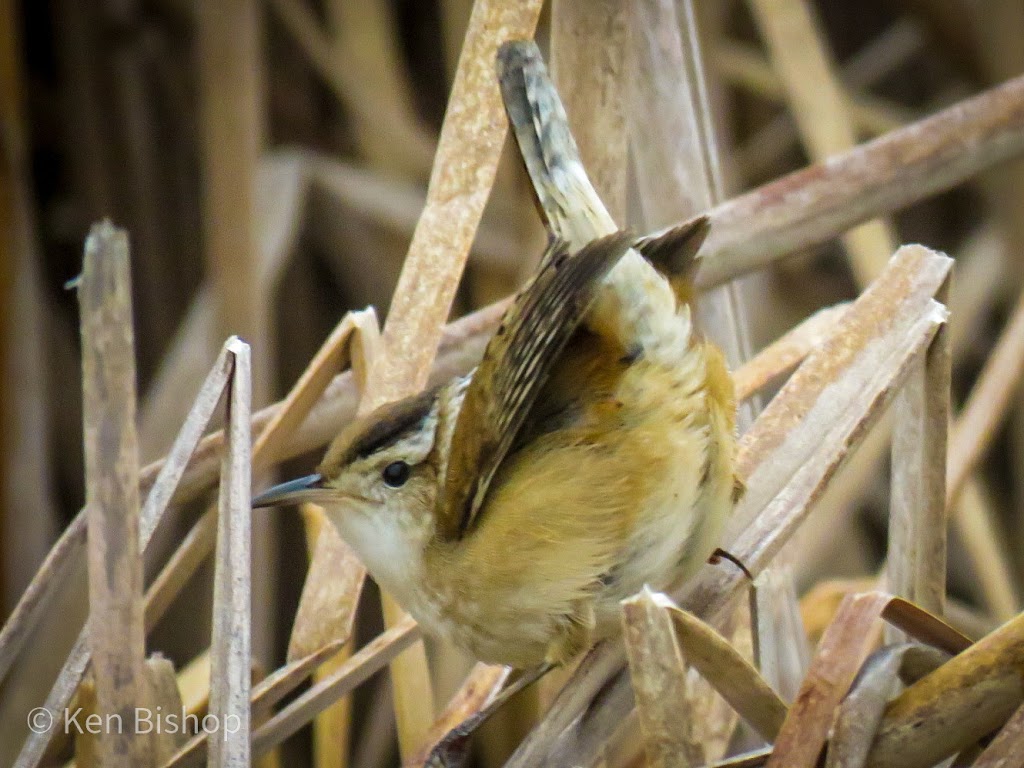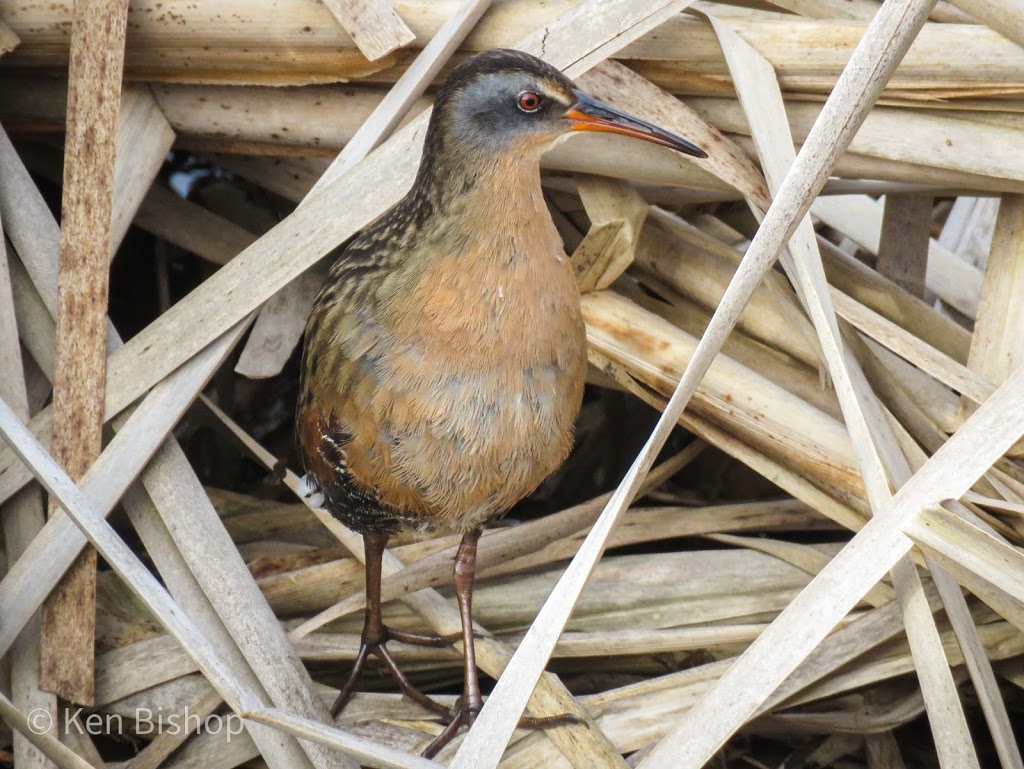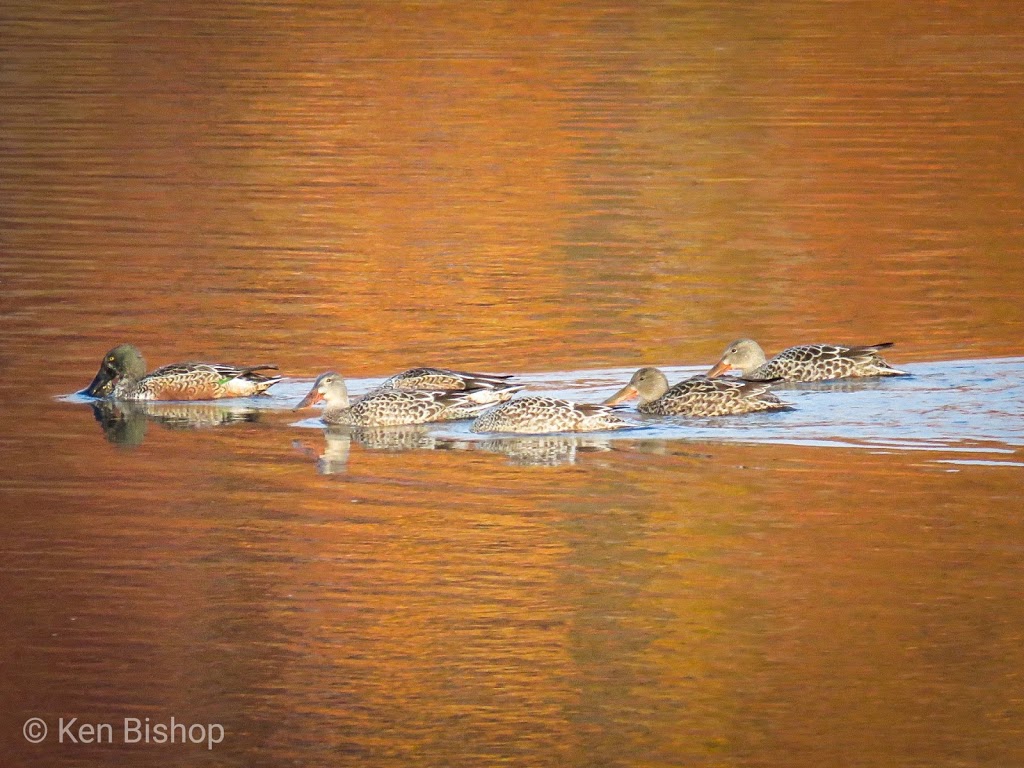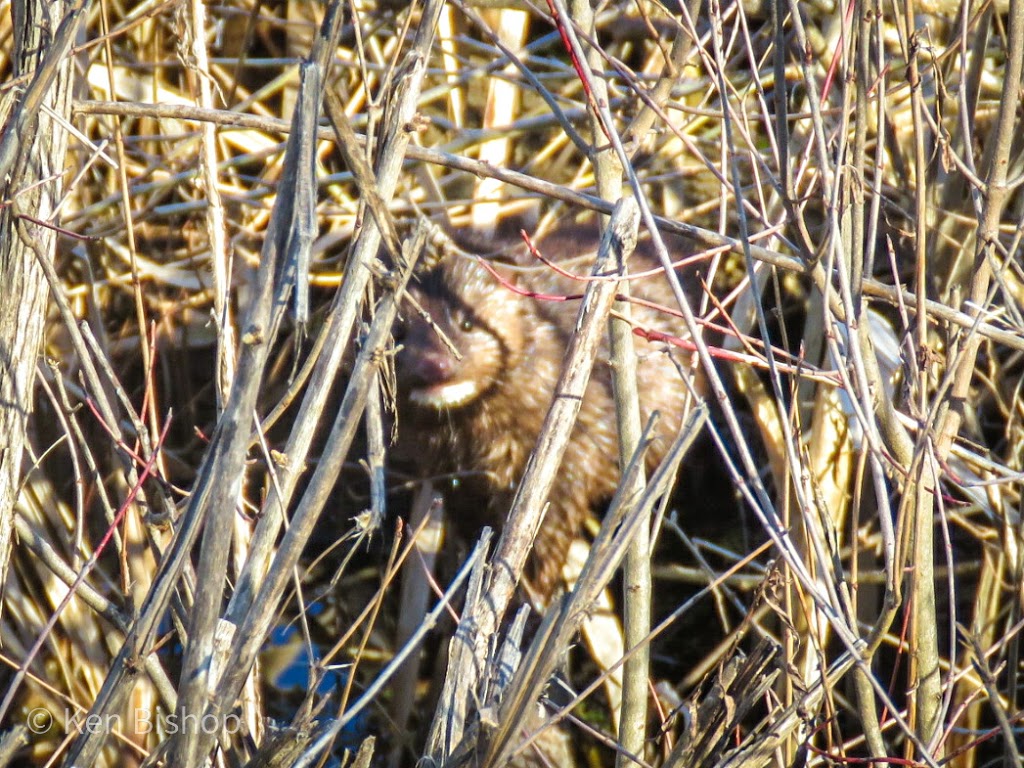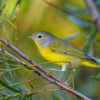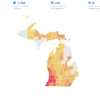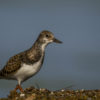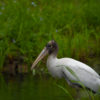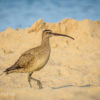VBBT – Wolf Lake State Fish Hatchery
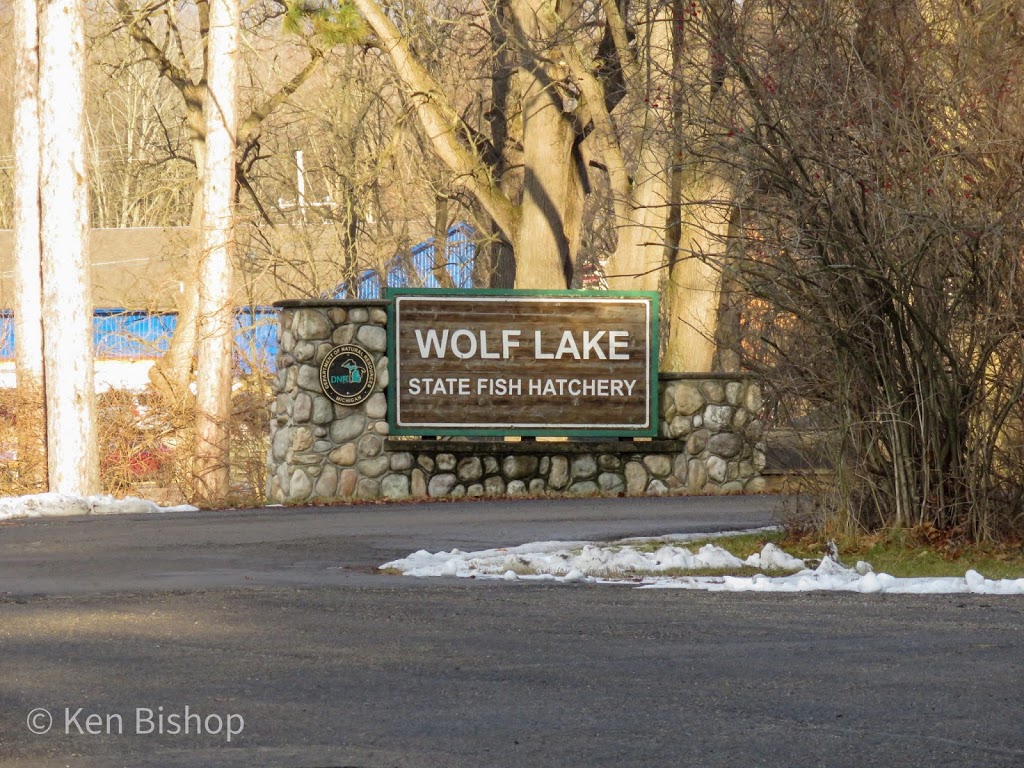
January 16, 2021
0 Comments
Hello readers! It has taken me longer to publish my first blog in a series called Van Buren Birding Trail. I had the post nearly finished, then scrapped the entire thing and started over. Moving forward, they should be easier to publish. How I wanted the information presented was my largest hurdle. The list is quite exhaustive, but not perfect, so I recommend checking resources like eBird before visiting any location on the VBBT.
Here is how it works. I breakdown the birds by season and then categorize by general type. It did this in hopes it would possibly make things a little easier if one was to use this post as a reference in the field.
I have selected my personal favorite birding location in Van Buren County as my first feature in this ongoing series. It is a spot that holds many dear memories to me, including my lifer Glossy Ibis in September of 1994. I have made a few really good friends birding here. It is also one of the locations I frequent the most. I hope that this series helps as a supplemental resource alongside eBird, iNaturalist, etc to whomever may not be as familiar with the location as me. I’ve added some personal knowledge that I think resources like eBird often can’t represent.
WOLF LAKE STATE FISH HATCHERY
Address: 35270 CR652 Mattawan, MI 49071
Established: 1927
Size: 78 Acres
Species recorded: 227 (1/14/2021 eBird)
Pet-friendly: Yes (6 foot leash required for dogs)
Amenities: a Port-a-Potty is usually available near the Visitor’s Center from Memorial Day weekend through Labor Day. The Visitor’s Center may have bathrooms inside, but it is not always open. The Hatchery offers several picnic tables and has a nice, shaded parking lot. In winter, the perimeter dike is usually plowed. Interior dikes and paths are usually untouched by plows. The Visitor’s Center also features a “Show Pond” that is well-stocked with native Michigan fish species including Brown Trout, Chinook Salmon and Michigan’s oldest recorded Sturgeon. Visitors can feed the fish from a coin-operated vending machine. The SE corner of Pond #24 offers an observation deck. Outside of birding, the Hatchery offers a number of cool events and tours (Check ahead because of COVID). The Kalamazoo Audobon Society occasionally hosts birding trips to the premise.
Habitat: 12 fish-rearing ponds in various sizes bordered by well-maintained, walkable dikes compose most of the Hatchery’s property. Mature woodlands surround the property and a small wetland area is present in the SW corner. A short wooded path on the east side of the property adds more birding opportunity to the property. A small portion in the SE corner is not publicly accessible but 3 additional ponds can be viewed from the road. 2 catch basins (used to collect fish when the ponds are drained) on the west side of the property often show a lot of birds. In winter, the Visitor’s Center stocks several bird feeders near the entrance. Be sure to check these out. Several unused ponds on the NE quadrant of the property sport young, 1st growth trees and bushes.
Resident Species:
Due to the diverse habitat present at the Hatchery, it boasts a wide variety of year-round residents. Most are easy to find, but several species may require multiple visits to score a sighting.
Waterfowl: Canada Geese and Mallards are present all year long in varying quantities. A pair of Trumpeter Swans reside at the Hatchery all year long and have successfully raised cygnets a few times. An injured Blue-winged Teal has taken up residence at the Hatchery since Fall of 2018. Look for her along the reeds on Ponds 9, 14 or 24. Great Blue Herons stick around all year long. Look for them anywhere there is open water and in the catch basins and ditches around the property.
Game Birds: Wild Turkeys are present in the area but rarely venture onto the Hatchery property. They can sometimes be found in the yard across the street from the parking area or anywhere along CR652.
Raptors: Since the Hatchery is mostly open to the sky, raptors are often seen flying overhead. Resident Bald Eagles may soar overhead anytime of year and sometimes hunt the ponds. Red-shouldered Hawks breed in the area and are most often seen in winter perched low in trees around the south end of the property. Cooper’s Hawks are encountered infrequently and Sharp-shinned Hawks rarely.
Seabirds: Ring-billed or Herring Gulls may stop by the ponds in small numbers.
Doves: Mourning Doves are seen on occasion. Rock Pigeons are rare.
Woodpeckers: Downy and Red-bellied Woodpeckers are abundant. Pileated Woodpeckers are also common, often seen flying over the Hatchery property or calling from the forest. Northern Flickers prefer the wetland area in the SW corner. Hairy Woodpeckers breed on the property but can be challenging to find. Look for them in the SE corner of the property. Red-headed Woodpeckers are rare, but recorded annually at the Hatchery.
Passerines/Misc: the Hatchery is a very reliable spot to see Belted Kingfishers. Look and listen for them near the ponds, wherever there is open water. Common backyard birds like Tufted Timice, Black-capped Chickadees, White-breasted Nuthatches, Northern Cardinals, American Crows and Blue Jays are abundant all year long. An expanding flock of House Sparrows hangs close to the Hatchery buildings. American Goldfinches and House Finches are fairly common anywhere on the property. Eastern Bluebirds show up anywhere, but often frequent the numerous Sumac groves present. Cedar Waxwings can show in huge numbers in late summer and fall. Records are spottier in winter. Carolina Wren sightings have increased dramatically in the past couple years. Check the dense brush near the Show Pond and along the woodland path, especially near the old shed. Check the reedy areas for Swamp Sparrows. Even in winter, they are present in small numbers. Song Sparrows can be in a variety of habitats. They have been increasing in numbers in the winter months the last couple years.
Winter (November – March):
Winter birding at the Hatchery can be exciting. Ponds #9, 14 and 24 always have some amount of open water, forcing a decent variety of ducks to crowd into small area. This makes viewing and counting easier. A spotting scope is nice but not necessary. Feeders by the Visitor’s Center sometimes host late-staying/overwintering migrant sparrows. Unusual winter sightings are often found around Pond 9 where warm water from the Hatchery Buildings feeds the ponds. Common Yellowthroats, Yellow-rumped Warblers, Ruby-crowned Kinglets and Gray Catbirds have all been recorded near pond 9 during the winter months.
Waterfowl: expect to see a decent variety of waterfowl on any ponds with open water. Bufflehead, Common Goldeneye, Gadwall and Mallards comprise the majority of the individuals. Later in winter, Common Mergansers become numerous. Almost any of Michigan’s wintering duck species could be found on the ponds. Rarely, American Coots, Pied-billed Grebes and Horned Grebes hold out here for the winter months. Tundra, Trumpeter and Mute Swans love to winter at the Hatchery in large numbers. Be sure to check flocks of roosting Canada Geese for other species. Snow, Ross’s, Cackling and Greater White-fronted Geese are all possible.
Passerines: American Tree Sparrows and Dark-eyed Juncos join the Song Sparrows and are exceedingly abundant. Watch flocks forage anywhere there may be exposed dirt and at the feeders. Keep an eye out for overwintering Fox, Field, White-throated and White-crowned Sparrows. Look and listen for Brown Creepers in the Red Pine stand by the parking lot. Golden-crowned Kinglets may mix with flocks of Chickadees in years the poison ivy berry crops are good. Listen for Horned Larks, Snow Buntings and Lapland Longspurs calling in flight. They flyover quite frequently, but rarely stop by. During irruption years, Common Redpolls and Purple Finches may do the same. Red-winged Blackbirds arrive the last week of February and the numbers expand exponentially into March.
Spring (March to June)
The Hatchery must sit in some sort of migrant fly-way as spring birding is phenomenal. It is possible to see 90+ species in a single visit if the conditions are right from Mid-May to June 4th.
Waterfowl: from March through April the duck variety increases and changes almost daily. Any species of duck that passes through Michigan during migration is usually represented at some point during the spring months. Ring-necked Ducks, Scaup, Redhead and Canvasback are the most frequently sighted species among the species that overwinter here. Horned Grebe usually stop here in small numbers. Common Loons are rare, but possible. Canada Geese begin to nest around the ponds. By May, expect most of the ducks to be gone aside from a few breeders. Green Herons begin to arrive as early as mid-April and Great Egrets occasionally visit. Listen for Sandhill Cranes.
Raptors: Keep a keen eye out for migrant Broad-winged and Red-tailed Hawks. Turkey Vultures may be seen soaring overhead as early as mid-March. A pair of nesting Ospreys arrive in April and make frequent visits to the Hatchery to hunt. Migrant Merlins are a semi-regular visitor along the west treeline.
Rails/Shorebirds: Both Sora and Virginia Rails probably nest in the reeds surrounding Pond #24. Best bets to see or hear them is from the Observation Deck in the SE corner. Depending on water levels, Wilson’s Snipe may be present in and around the reeds. Best bets to see them in spring is if they flush. A small Frog Pond SE of Pond #24 hosts a Solitary Sandpiper every spring. Spotted Sandpipers may be found anywhere along the dikes near water. Killdeer may be seen in flight or on the dikes. Other shorebirds are possible, but often do not stick around for long, as very little habitat is offered for them in Spring.
Seabirds: Bonaparte’s Gulls are often seen feeding in Pond #24 from April to May. Migrant Common or Forster’s Terns may also stop by.
Nightjars: Common Nighthawks may be found roosting on horizontal limbs over the Catch Basins in May. Sometimes they can be seen feeding over the pond in the late afternoon or evening.
Woodpeckers: Yellow-bellied Sapsuckers are seen infrequently in the wooded areas of the property from April to May.
Flycatchers: Begin looking for Eastern Phoebes as early as late March. Start looking for Least and Great Crested Flycatchers in early May. Around Mid-May, Willow Flycatchers arrive to nest along with Eastern Kingbirds. Other flycatcher migrants are recorded annually but are more sporadic.
Swallows/Swifts: Tree Swallows may arrive as soon as early April. Barn and Northern Rough-winged Swallows later in the month. They may often be seen in huge flocks. Chimney Swifts arrive in early May and can be seen feeding over the ponds or woodlands. Purple Martin are seen annually, but usually only 1 or 2 seen at a time.
Passerines/Misc: the Hatchery abounds in passerine migrants! 31 of 36 regular Michigan Warblers have been recorded. Pine and Yellow-rumped may arrive as early as late March. Yellow arrive around April 20th to nest. The last week of April through the 1st week of June is the best time to see Warblers in their breeding plumage. Look for Catharus Thrushes along the woodland trail. Hermit Thrushes pass through in April (occasionally earlier) and the rest in May. Both of Michigan’s Cuckoo are seen infrequently. Blue-gray Gnatcatchers show up Mid-April. Look for Winter Wrens in wooded areas in April and House Wrens in May. Marsh Wrens often can be seen in the reeds around Pond #24. Many of Michigan’s migrant Sparrow species can be found from late March through Mid-May in large numbers, as well as newly arrived breeders. Look for Blue-headed, Warbling and Red-eyed Vireos alongside Warblers. Brown Thrashers arrive in April. They can often be heard imitating other species from a prominent branch. Gray Catbirds are abundant in May. See American Robin and Cedar Waxwings populations increase alongside Comon Grackle, Red-winged Blackbird and Brown-headed Cowbirds. It is possible to find Rusty Blackbirds near the creek on the west side of the property. May 1st is the magical day to look for the first Baltimore Orioles and Rose-breasted Grosbeaks. Orchard Orioles, Indigo Buntings and Scarlet Tanagers are infrequently seen on the property.
Summer (June to August):
Waterfowl: Limited waterfowl activity. Canada Geese bring their young to the Show Pond making for a precarious situation. Try to give them a wide berth. Wood Ducks bring their young to the smaller ponds. Look for them near the reeds.
Raptors: The Osprey are sighted frequently. The nest can be seen in the distance from the Visitor’s Center. Look west towards the cellphone tower. You can see the nest at the top. Binoculars are recommended.
Hummingbirds: I always find a few Hummingbirds in spring and summer.
Rails: Look and Listen for Sora and Virginia Rails near the Observation Deck.
Flycatchers: Willow and Great Crested Flycatchers nest in the area. Eastern Kingbirds as well. Phoebes build their nests on the old shed along the service drive.
Swallows: 3 species of Swallows nest on sight. Beware of Tree Swallows who may suddenly decide to get aggressive. Swifts are present too and likely nest somewhere nearby.
Passerines: several Warbler species nest in the area. Yellow Warblers are everywhere, but adults have mostly disappeared, already migrating south, by the beginning of August. Common Yellowthroats and Blue-winged Warblers also nest in decent numbers. Pine Warblers nest in the Red Pine stand by the Parking Lot. Black-billed Cuckoo have been confirmed to nest. Orioles and Grosbeaks are everywhere. House Wrens like the area around the SE pumphouse. Swamp, Chipping, Field and Song Sparrows are frequent nester. Eastern Towhees like the woodland areas. Catbirds and Thrashers are common anywhere there is thick brush. Warbling Vireos can be found in the more open, brushy habitat. Red-eyed and Yellow-throated can be found along the woodland path. Blue-gray Gnatcatchers nest along the forest edges on the west side of the property.
Fall (August to November):
I’m not going to go into to much detail here other than to note anything that may be different than during Spring Migration. Fall migration is phenomenal at the Hatchery. It is possible to record over 80+ species in a single visit around the 1st of October.
Waterfowl: Expect to see dabbler ducks beginning to arrive in September followed by divers in October. Trumpeter Swans begin to arrive in October and Tundra Swans in November.
Raptors: Keep an eye on the sky. Merlin are common in Fall often hunting shorebirds in the drained ponds.
Hummingbirds: Ruby-throated Hummingbirds are abundant in September and may be seen as late as October 7th.
Rails/Shorebirds: Unlike Spring Migration, the Hatchery can be a great place to see migrating shorebirds. Variety is extremely variable and hinges on when the Fish Rearing Ponds are drained. In the past few years it has been early October, limiting shorebird diversity. Scan areas of vegetation near the reeds for Wilson’s Snipe. They can often number well into the double digits. Expect a noisy flock of Killdeer which may number well over 100 individuals at times. Pectoral Sandpipers, Solitary Sandpipers, Greater Yellowlegs and Lesser Yellowlegs are annual often in decent numbers. Dunlin may show up a little later. Shorebirds may hold out until early November before departing. Snipe have wintered at the Hatchery.
Passerines/Misc: In addition to shorebirds and Dabbling Ducks, the drained ponds bring in a few other notable migrants. American Pipits may stop by and forage from September to November. Rusty Blackbirds are infrequent visitors in late October and Early November. Horned Larks can often be heard in migration as flyovers.
Other animals:
I thought it would fun to mention a few other critters you may see at the Hatchery. This list is just a smattering of what is possible:
Muskrat, Mink, Groundhogs, Red Foxes, Chipmunks, Red Squirrels, Fox Squirrels, Gray Squirrels, Watersnakes, Garter Snakes, Snapping Turtles, Spotted Turtles, Painted Turtles, Blanding’s Turtles, Tiger Salamanders, White-tailed Deer. A wide variety of frogs, butterflies and dragonflies.
Click to rate this post!
[Total: 0 Average: 0]
